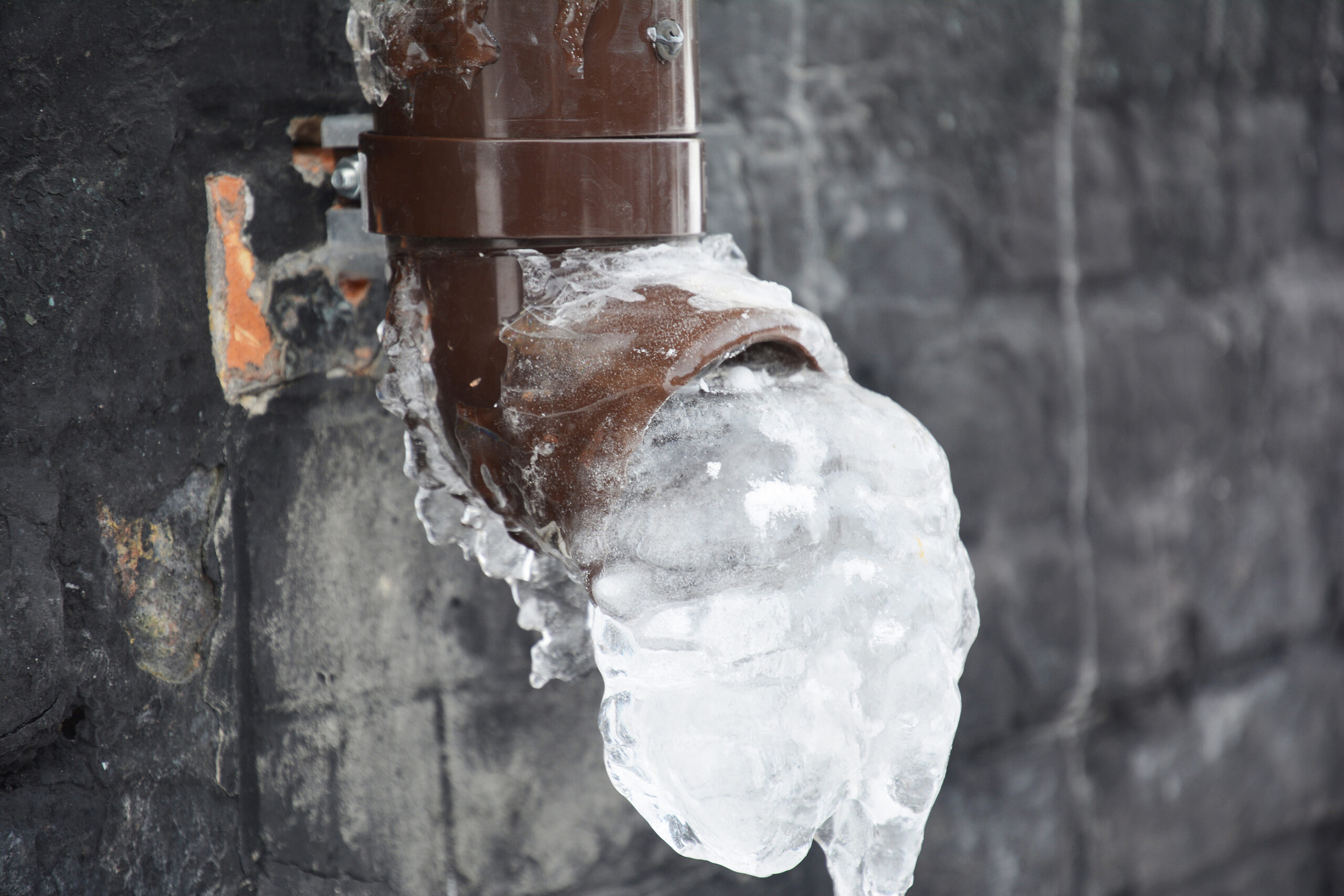Crucial Tips to Avoid Frozen Plumbing in Winter: Expert Insights
Crucial Tips to Avoid Frozen Plumbing in Winter: Expert Insights
Blog Article
On this page below you'll find a lot of extremely good advice involving How to prepare your home plumbing for winter weather.

Winter can damage your pipes, particularly by freezing pipelines. Here's how to prevent it from taking place and what to do if it does.
Intro
As temperatures decline, the risk of icy pipelines rises, possibly leading to expensive repair work and water damage. Recognizing exactly how to stop icy pipelines is vital for homeowners in cold climates.
Understanding Frozen Pipes
What triggers pipelines to ice up?
Pipes freeze when subjected to temperatures below 32 ° F (0 ° C) for expanded durations. As water inside the pipes freezes, it broadens, taxing the pipeline walls and potentially causing them to burst.
Risks and problems
Icy pipelines can lead to water system disturbances, residential property damage, and pricey repair services. Burst pipelines can flood homes and cause extensive architectural damages.
Indicators of Frozen Water Lines
Determining frozen pipelines early can avoid them from bursting.
Exactly how to determine frozen pipes
Search for reduced water circulation from taps, uncommon odors or noises from pipelines, and visible frost on subjected pipes.
Prevention Tips
Insulating susceptible pipelines
Wrap pipes in insulation sleeves or make use of warm tape to secure them from freezing temperatures. Focus on pipes in unheated or exterior areas of the home.
Home heating strategies
Keep indoor spaces properly heated, particularly areas with plumbing. Open cupboard doors to allow cozy air to distribute around pipelines under sinks.
Protecting Outside Plumbing
Garden tubes and exterior faucets
Separate and drain pipes yard pipes before winter season. Mount frost-proof spigots or cover exterior faucets with shielded caps.
What to Do If Your Pipes Freeze
Immediate actions to take
If you presume icy pipelines, maintain taps open to soothe pressure as the ice thaws. Make use of a hairdryer or towels taken in hot water to thaw pipes slowly.
Long-Term Solutions
Structural modifications
Consider rerouting pipelines far from exterior walls or unheated locations. Include extra insulation to attics, cellars, and crawl spaces.
Upgrading insulation
Invest in top notch insulation for pipelines, attic rooms, and wall surfaces. Correct insulation aids maintain regular temperature levels and reduces the risk of frozen pipes.
Conclusion
Avoiding icy pipes needs positive procedures and fast feedbacks. By comprehending the reasons, indicators, and preventive measures, home owners can secure their plumbing during winter.
Helpful Tips to Prevent Frozen Pipes this Winter
UNDERSTANDING THE BASICS: WHY PIPES FREEZE AND WHY IT’S A PROBLEM
Water freezing inside pipes is common during the winter months, but understanding why pipes freeze, and the potential problems it can cause is crucial in preventing such incidents. This section will delve into the basics of why pipes freeze and the associated problems that may arise.
THE SCIENCE BEHIND FROZEN PIPES
When water reaches freezing temperatures, it undergoes a physical transformation and solidifies into ice. This expansion of water as it freezes is the primary reason pipes can burst. As the water inside the pipe freezes, it expands, creating immense pressure on the walls. If the pressure becomes too great, the pipe can crack or rupture, leading to leaks and water damage.
FACTORS THAT CONTRIBUTE TO PIPE FREEZING
Low Temperatures: Extremely cold weather, especially below freezing, increases the risk of pipes freezing. Uninsulated or Poorly Insulated Pipes: Pipes located in unheated areas, such as basements, crawl spaces, or attics, are more prone to freezing. Insufficient insulation or lack of insulation altogether exacerbates the problem. Exterior Wall Exposure: Pipes running along exterior walls are susceptible to freezing as they encounter colder temperatures outside. Lack of Heating or Temperature Regulation: Inadequate heating or inconsistent temperature control in your home can contribute to frozen pipes. PROBLEMS CAUSED BY FROZEN PIPES
- Pipe Bursting: As mentioned earlier, the expansion of water as it freezes can cause pipes to burst, resulting in significant water damage.
- Water Damage: When pipes burst, it can lead to flooding and water damage to your property, including walls, ceilings, flooring, and personal belongings.
- Structural Damage: Prolonged exposure to water from burst pipes can compromise the structural integrity of your home, leading to costly repairs.
- Mold and Mildew Growth: Excess moisture from water damage can create a favorable environment for mold and mildew growth, posing health risks to occupants.
- Disrupted Water Supply: Frozen pipes can also result in a complete or partial loss of water supply until the issue is resolved.
WHY CERTAIN PIPES ARE MORE PRONE TO FREEZING
- Location: Pipes located in unheated or poorly insulated areas, such as basements, crawl spaces, attics, or exterior walls, are at higher risk of freezing.
- Exterior Pipes: Outdoor pipes, such as those used for irrigation or exposed plumbing, are particularly vulnerable to freezing as they are directly exposed to the elements.
- Supply Lines: Pipes that carry water from the main water supply into your home, including the main water line, are critical to protect as freezing in these lines can affect your entire plumbing system.
- Underground Pipes: Pipes buried underground, such as those connected to sprinkler systems or outdoor faucets, can be susceptible to freezing if not properly insulated.
https://busybusy.com/blog/helpful-tips-to-prevent-frozen-pipes-this-winter/

As a fervent reader on Helpful Tips to Prevent Frozen Pipes this Winter, I think sharing that excerpt was a great idea. In case you appreciated our page kindly be sure to pass it around. Thank you for taking the time to read it.
Booking Report this page